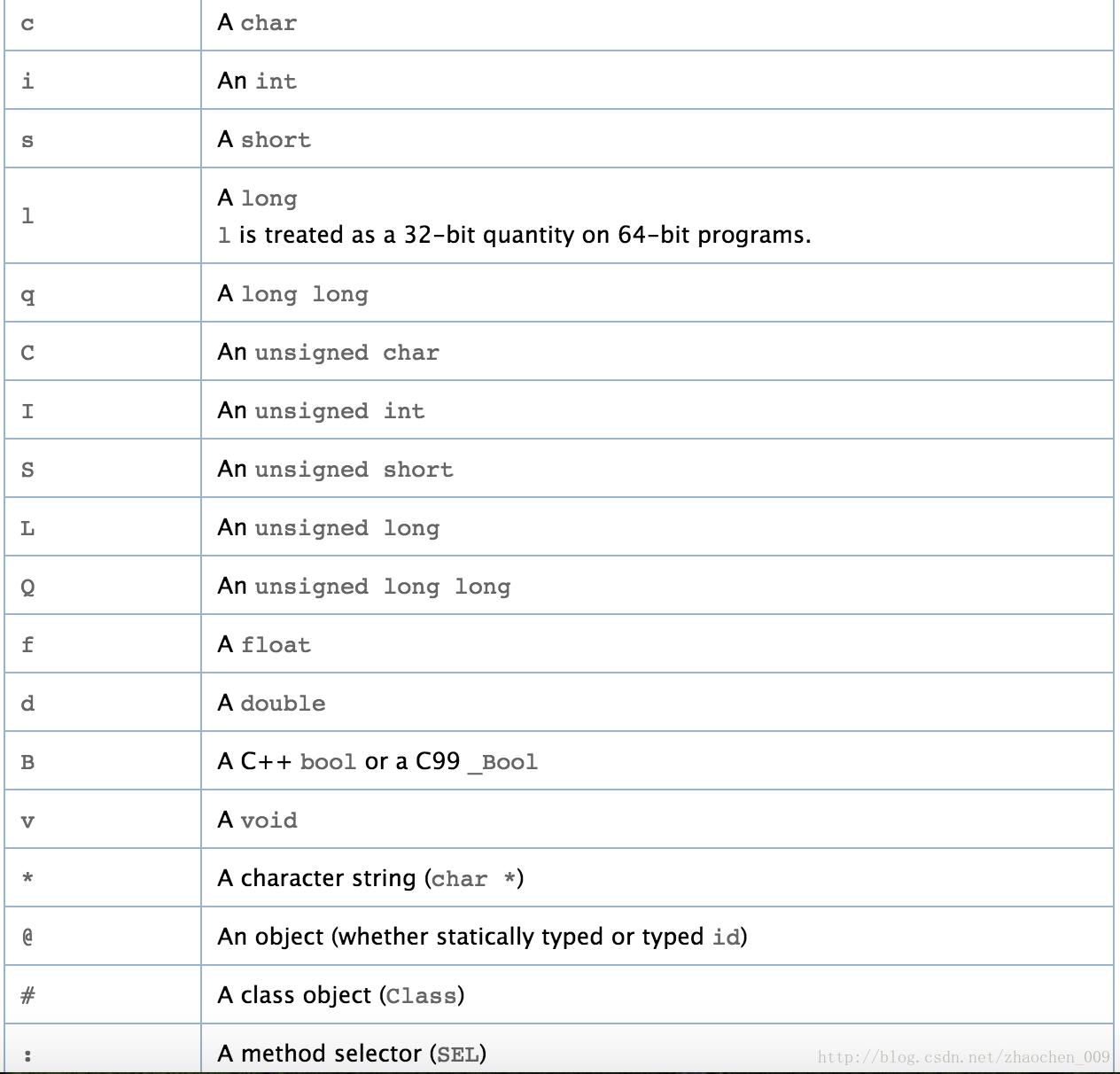iOS runtime forwardInvocation一些总结
Posted WoodBear009
tags:
篇首语:本文由小常识网(cha138.com)小编为大家整理,主要介绍了iOS runtime forwardInvocation一些总结相关的知识,希望对你有一定的参考价值。
代码:
TestModel
- (NSMethodSignature *)methodSignatureForSelector:(SEL)aSelector
if(aSelector == @selector(testMethod))
return [NSMethodSignature signatureWithObjCTypes:"v@:"];
return nil;
-(void)forwardInvocation:(NSInvocation *)anInvocation
if (anInvocation.selector == @selector(testMethod))
TestModelHelper1 *h1 = [[TestModelHelper1 alloc] init];
TestModelHelper2 *h2 = [[TestModelHelper2 alloc] init];
[anInvocation invokeWithTarget:h1];
[anInvocation invokeWithTarget:h2];
-(void)testMethod
NSLog(@"i am TestModelHelper1");
-(void)testMethod
NSLog(@"i am TestModelHelper2");
主调用类
TestModel *model = [[TestModel alloc] init];
[model testMethod];TestModel本身没有实现testMethod方法,但最终运行后,程序没有报错,且TestModelHelper1和TestModelHelper2的testMethod方法都被执行了
问答
1.forwardingTargetForSelector同为消息转发,但在实践层面上有什么区别?何时可以考虑把消息下放到forwardInvocation阶段转发?
forwardingTargetForSelector仅支持一个对象的返回,也就是说消息只能被转发给一个对象
forwardInvocation可以将消息同时转发给任意多个对象
2.methodSignatureForSelector如何实现?
methodSignatureForSelector用于描述被转发的消息,系统会调用methodSignatureForSelector:方法,尝试获得一个方法签名。如果获取不到,则直接调用doesNotRecognizeSelector抛出异常。如果能获取,则返回非nil:创建一个 NSlnvocation 并传给forwardInvocation:。
描述的格式要遵循以下规则点击打开链接.

具体怎么编写?
首先,先要了解的是,每个方法都有self和_cmd两个默认的隐藏参数,self即接收消息的对象本身,_cmd即是selector选择器,所以,描述的大概格式是:返回值@:参数。@即为self,:对应_cmd(selector).返回值和参数根据不同函数定义做具体调整。
比如下面这个函数
-(void)testMethod;v代表void,@代表self(self就是个对象,所以用@),:代表_cmd(selector)
再练一个
-(NSString *)testMethod2:(NSString *)str;第一个@代表返回值NSString*,对象;第二个@代表self;:代表_cmd(selector);第三个@代表参数str,NSString对象类型
如果实在拿不准,不会写,还可以简单写段代码,借助method_getTypeEncoding方法去查看某个函数的描述,比如
-(void)testMethod
NSLog(@"i am TestModelHelper1");
Method method = class_getInstanceMethod(self.class, @selector(testMethod));
const char *des = method_getTypeEncoding(method);
NSString *desStr = [NSString stringWithCString:des encoding:NSUTF8StringEncoding];
NSLog(@"%@",desStr);

把数字去掉,剩下v@:,与之前我们的描述一致
-(NSString *)testMethod2:(NSString *)str
Method method = class_getInstanceMethod(self.class, @selector(testMethod2:));
const char *des = method_getTypeEncoding(method);
NSString *desStr = [NSString stringWithCString:des encoding:NSUTF8StringEncoding];
NSLog(@"%@",desStr);
return @"";

结果是@@:@,与之前结论一致
3.函数的返回值是如何处理的?
如果示例中testMethod是有返回值的,返回一个NSString*,当我们调用testMethod方法后(比如 NSString *result = [model testMethod]),消息被分发给了TestModelHelper1和TestModelHelper2,分别调用了它们的testMethod方法,那么问题来了,result得到的返回值是TestModelHelper1的还是TestModelHelper2的testMethod方法返回值呢?
答案是,返回forwardInvocation方法中,最后一个invokeWithTarget的对象对应方法的返回值,即最后一个处理消息转发的对象对应方法的返回值。
以上是关于iOS runtime forwardInvocation一些总结的主要内容,如果未能解决你的问题,请参考以下文章